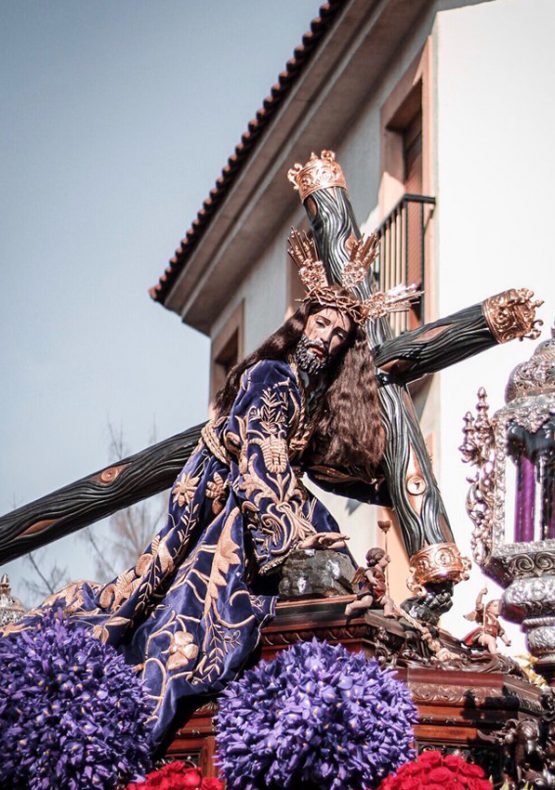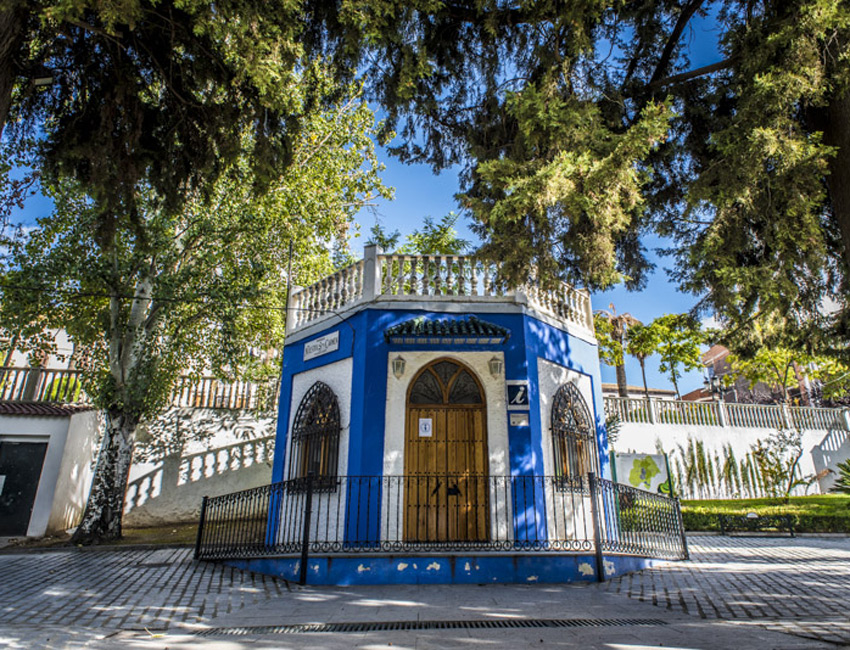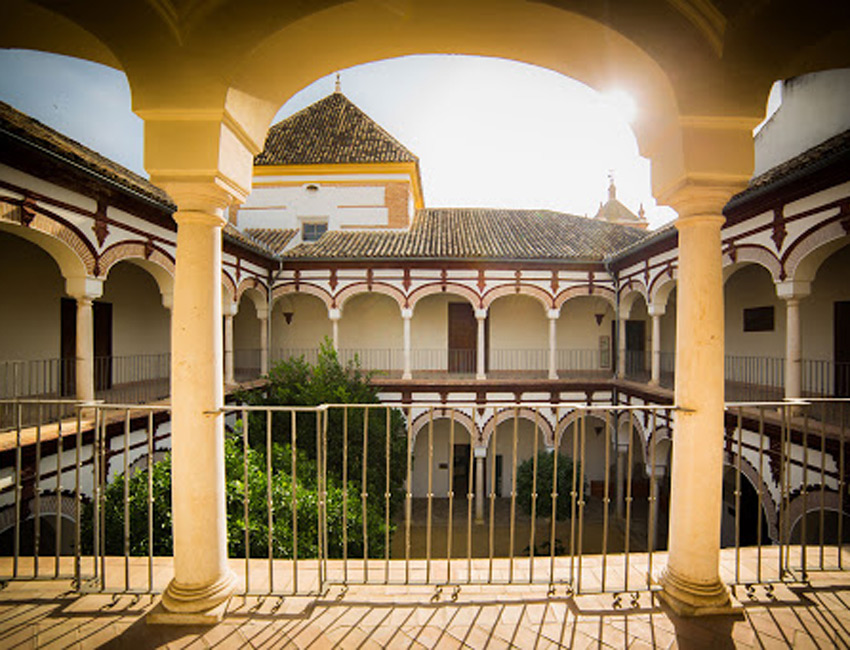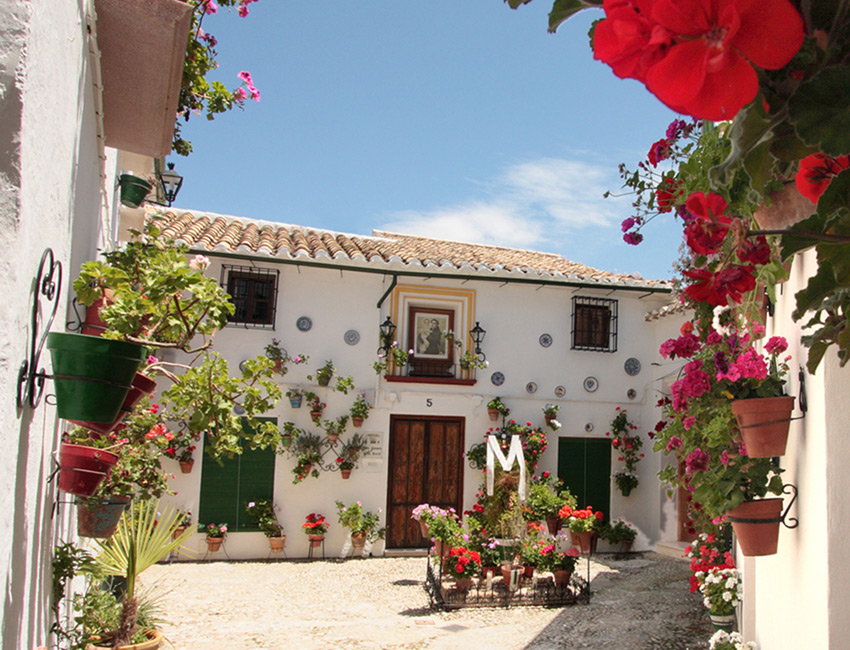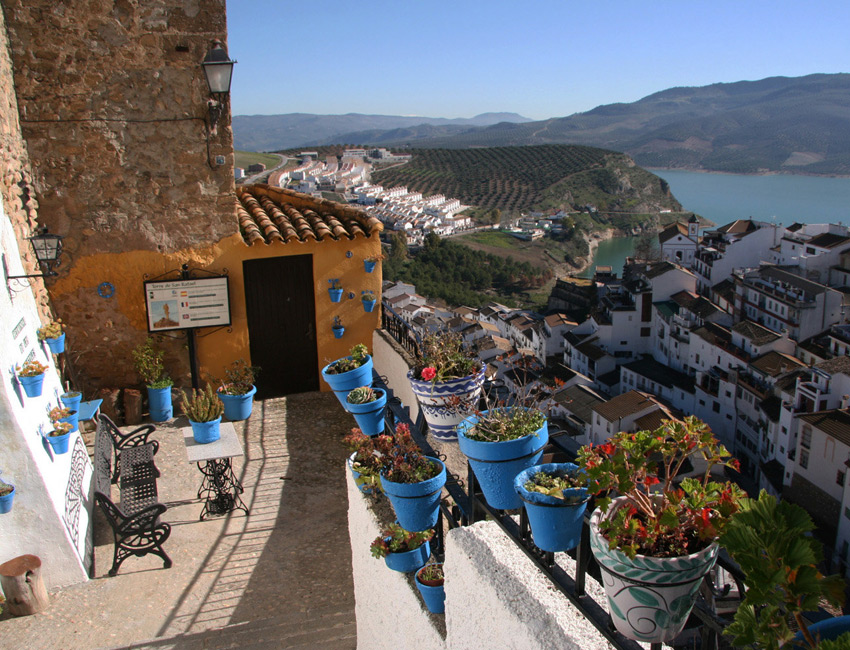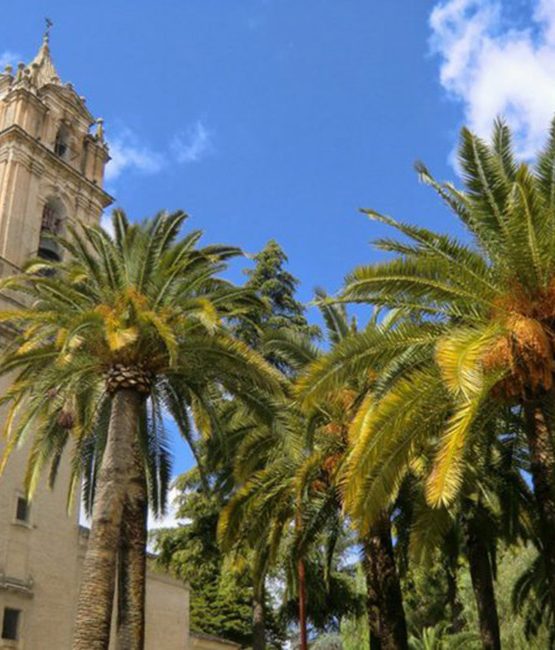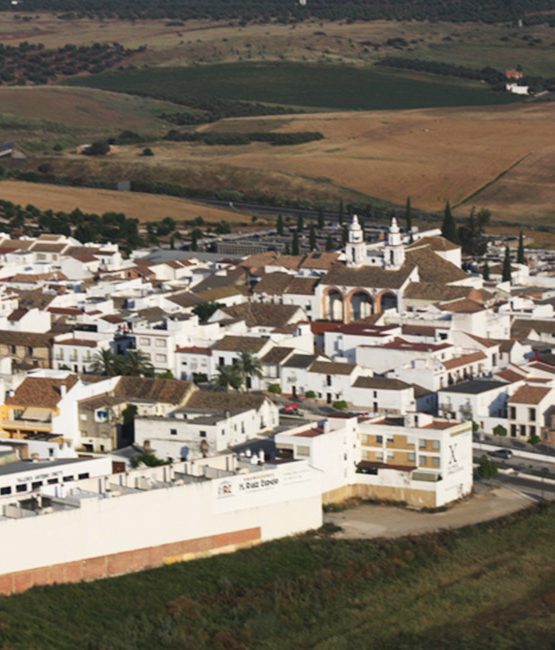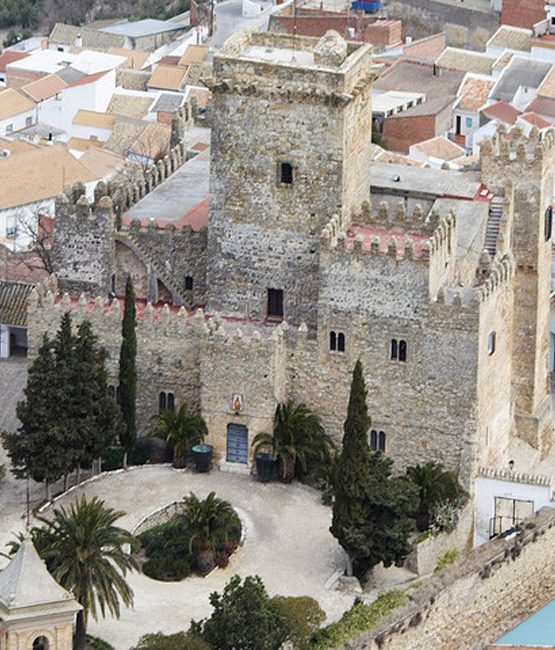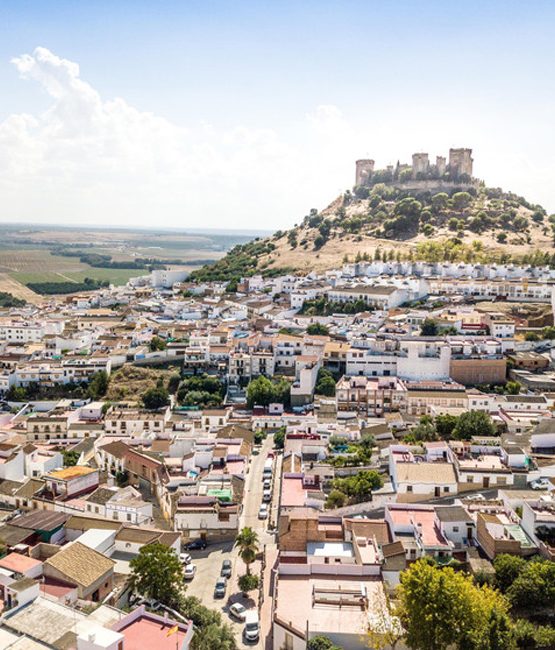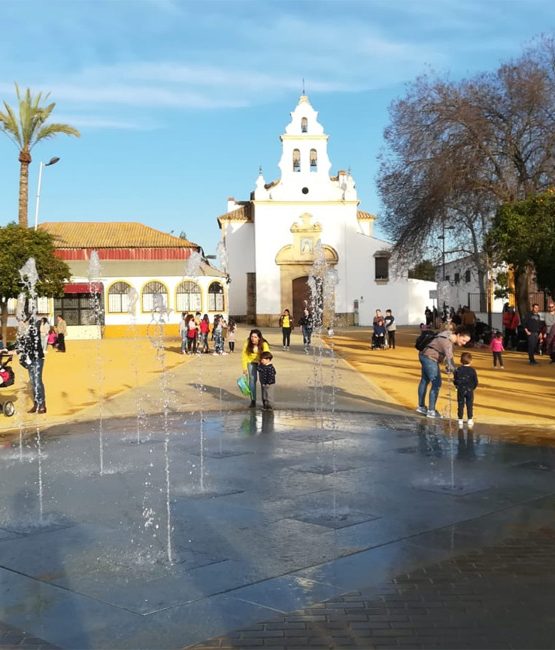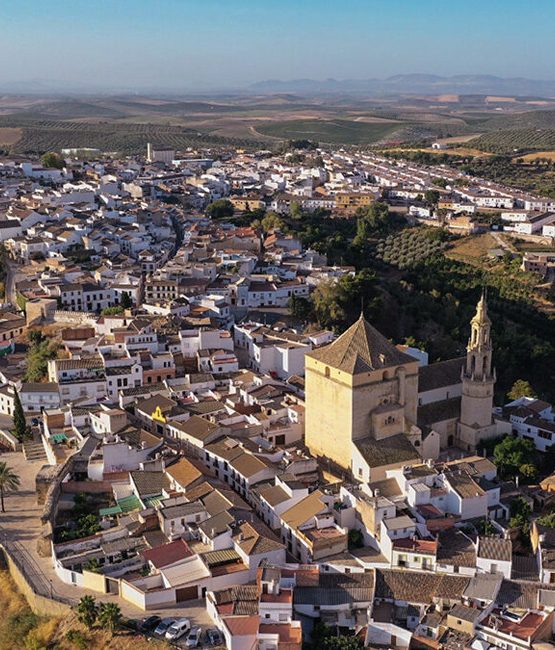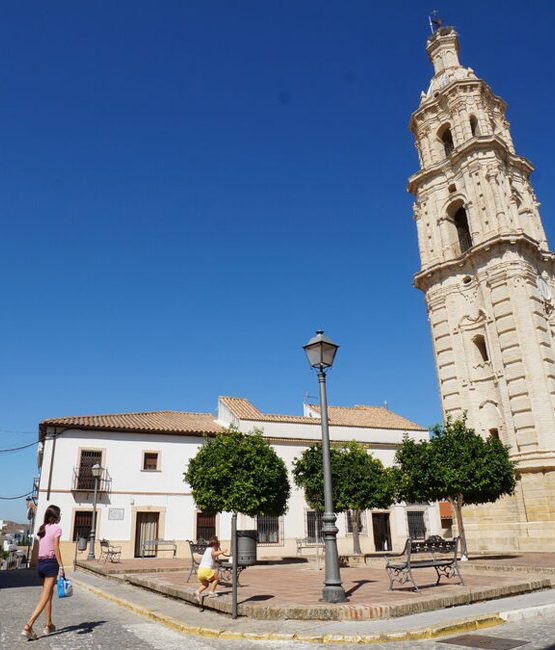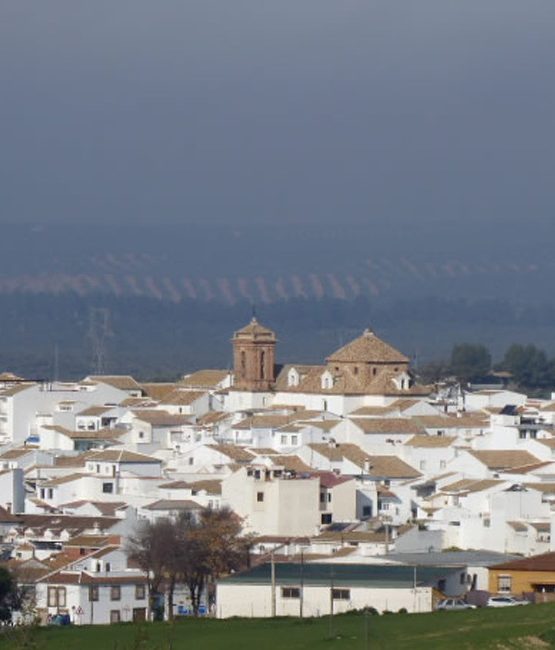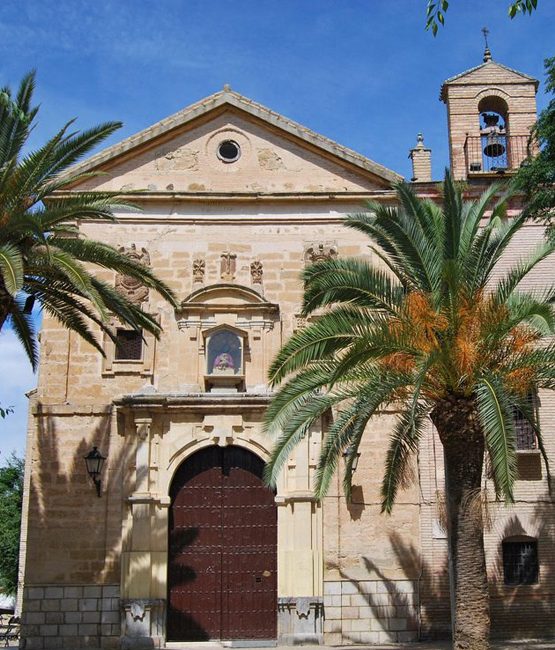The province of Cordoba, capital of Muslim Spain, is the main city in a territory located in the centre of Andalusia. The Guadalquivir river, at its wider middle course, crosses this province from east to west. It also provides irrigation for a wide plain where cereals, grapevines and olive trees grow.
This mountainous landscape is home to a varied fauna. The province of Cordoba, which still bears traces of its Iberian, Roman and Muslim past, is rich in traditions; it has an outstanding architectural heritage, and its gastronomy has undergone a considerable resurgence with the revival of a range of dishes from the traditional cooking of the region.
In the south, the land rises gradually until it reaches the mountains of the Subbetica range. These lands with their limestone soils feature spreading olive groves and white villages with well-conserved Baroque architecture.
The Romans conquered it, and were fascinated by its beautiful landscapes and the fertile valley. Numerous constructions throughout the province stand as witness to their presence. After the Muslim expansion across the Iberian Peninsula, the territory of the Al-Andalus empire in the province of Cordoba became a major hub. For example, for the export of cultural and economic ideas to medieval Europe.
The “Jewish Quarter” or old town, with its small plazas, patios full of colourful flowers and typical bars where tapas are enjoyed, is full of amazing architecture. The Mezquita (or Mosque) attracts thousands of visitors each year who flock to admire the magnificent workmanship of the building. It took two centuries to complete and is an amazing perplexity of columns, recesses and arches with a church at its centre. Outside the mosque are the beautiful gardens, “the Patio de los Naranjos” and the “Calleja de la Flores”.
The area is famous for its dry white wines, which are produced from the Pedro Ximenez grape and olive oil, which is the other main produce from the region. This is why olive oil is an important ingredient of many typical dishes. Gazpacho and Salmorejo are cold soups made mainly of mashed vegetables. Jamon, which is cured ham, Salchichon, a typical sausage, Cana de Lomo and Morcilla are also widely enjoyed in the province. Some typical desserts are Alfajores, made of almonds and honey and Pestinos, which is fried in oil and then coverd with honey.
The province of Cordoba enjoys its fiestas and festivals the same as every other town in Spain, and Semana Santa, or Easter week is one of the most important. There are no fewer than 32 processions in total with beautifully decorated and ornate pictures and figures of Saints accompanied by the Nazarenos (men dressed in typical gowns with hoods that cover all the face except the eyes). In May there are three festivals; from 5th to 12th there is the Festival of the “Patios Cordobeses”, a contest for the most beautifully decorated courtyard; the Cruces de Mayo is when the whole town is decorated with crosses and thousands of flowers; the last week in May is when everyone lets their hair down at the Feria de Cordoba – flamenco music and dance are enjoyed and the whole town revels in the festivities.
As you wind your way south there are some beautiful whitewashed villages where a friendly welcome can always be found… Puente Genil, Benameji, Encinas Reales and, of course, Iznajar which is popular its lake.
Location
There are many properties for sale in the Province of Cordoba, click here for property details.

